
Below is only one method observed in today's hobby, remember you can always use a piece of flexible tubing to form a small drip running from your tank to the bucket you placed your fish in, to do the same as below, this is called drip acclimation. Most advanced hobbyists use this method. This would replace the constant addition of adding small amounts of water every 15 minutes or so. The fish or coral would be also placed in a clean bucket or container. Use this container for your fish animals only. Buckets used for cleaning purposes will have left over chemicals in the bucket and will kill your new fish friend.
Proceed in the following order:
After the fish has completed its acclimation process:
Carefully remove the fish from the bag with either a soft cotton net or small container and discard all the water from the bag. Allow the fish to continue acclimating to its new surroundings for several hours before turning on the aquarium lights or before trying to feed them. Most fish will begin to feed within 48 hours after being introduced to their new home. Advanced hobbyists will quarantine their fish, corals and invertebrates in a separate tank for up to a month or more before introducing them into their main home show tank, this is a wise practice and a precautionary measure taken, so no new parasites are introduced into the main home show tank. Other benefits include, but are not limited to the following: it allows the hobbyists time to wean a wild caught species over to frozen and/or staple foods, it allows an aggressive species time to calm down, it allows the hobbyists time to nurse or monitor the health of delicate, hurt or weakened species.
Some thoughts from former freshwater fish beginners:
Avoid adding too many fish at once. Allow a cycling period between each fish, if at all possible purchase a test kit or at least have your water tested at your local fish store on a regular basis. Water changes are also very important. A common rule is 25% a month. Although this is acceptable some hobbyists perform 10-15% twice a week. Watching your tank for a few minutes everyday can also keep you aware of the overall health of everyone. This may seem low-tech but problems can be seen just by behavior changes. If your nitrates are really high or your water is cloudy in your established aquarium, then perform a water change or a series of small water changes, do your best to restore the water parameters back to normal. Afterwards until you get more familiar with your tank and how much to feed it and what to feed it, it's recommended to have all water parameters tested regularly, and keep records for comparison. Ask a lot of questions, and keep learning; this along with a positive attitude will yield success in the aquarium-keeping hobby.
Are Mini-Reefs for "The Experienced" only?
While some believe this is true, they are not as tough as they look or sound. How much work are you willing to dedicate to what could be the focal point of your household? Light requirements for corals range from basic to extremely intense. If you wish to keep any corals, regardless of their needs, do some research and purchase an appropriate fixture. Follow the same rule for filtration, live rock and lighting; these items are usually the biggest expenses in the initial construction of a mini-reef. If you are willing to take on the rewarding task of being a mini-reef owner and care provider, then the answer is "no" a mini-reef can be for anyone willing. It could very well be the most exciting and educational hobby out there involving animals.
For more information on aquarium set up and maintenance, visit www.ocreef.com
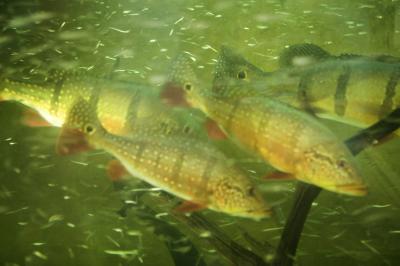 Cloudy Eyes on Aquarium Fish
Cloudy Eyes on Aquarium Fish
Cloudy Ey
Cloudy Eyes on Aquarium Fish
Cloudy Eyes on Aquarium Fish
Cloudy Ey
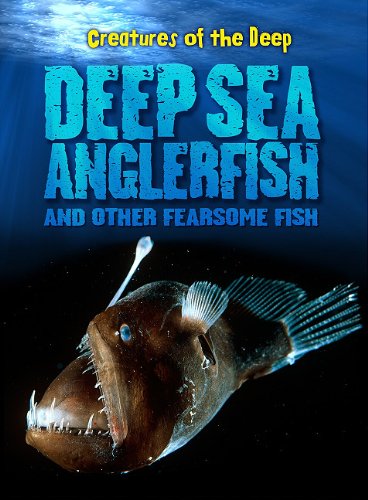 Dangers of the Deep
While many believe there is
Dangers of the Deep
While many believe there is
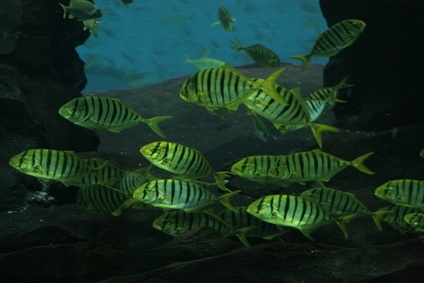 Freshwater & Saltwater Fish
Freshwater & Saltwater Fish
Freshw
Freshwater & Saltwater Fish
Freshwater & Saltwater Fish
Freshw
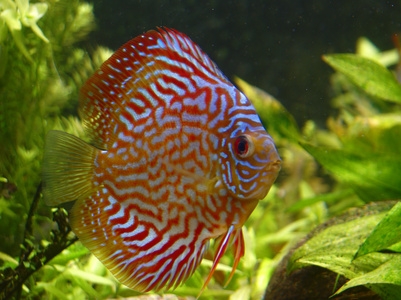 Discus Fish Care & Feeding
Discus Fish Care & Feeding
Discus
Discus Fish Care & Feeding
Discus Fish Care & Feeding
Discus
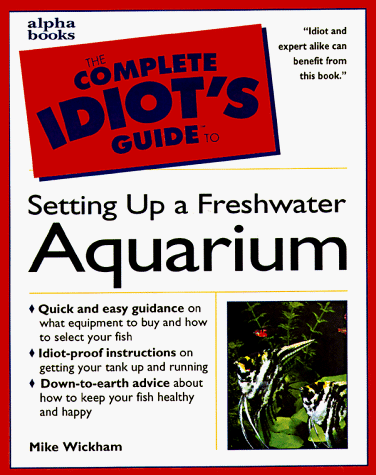 Changing Filter Cartridge During New Tank Syndrome
Starting your first fish tan
Changing Filter Cartridge During New Tank Syndrome
Starting your first fish tan
Copyright © 2005-2016 Pet Information All Rights Reserved
Contact us: www162date@outlook.com